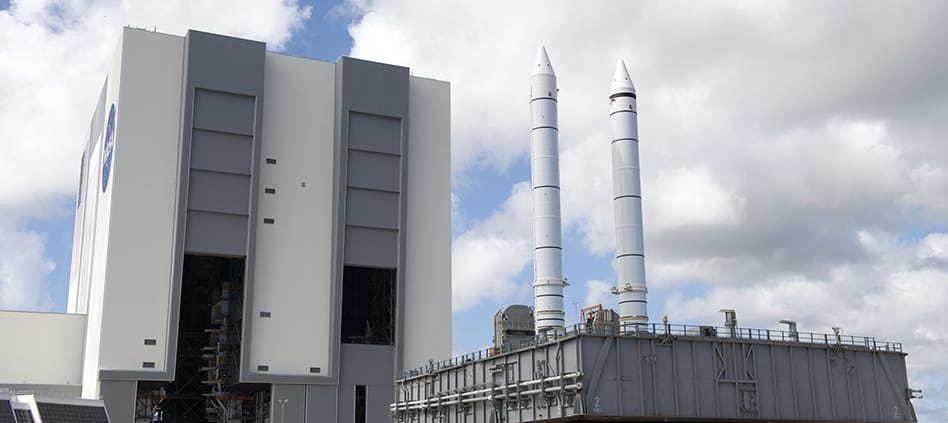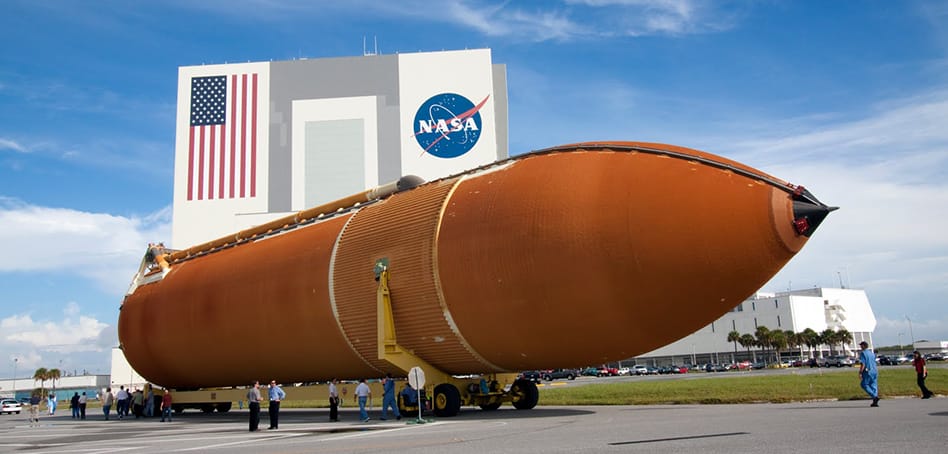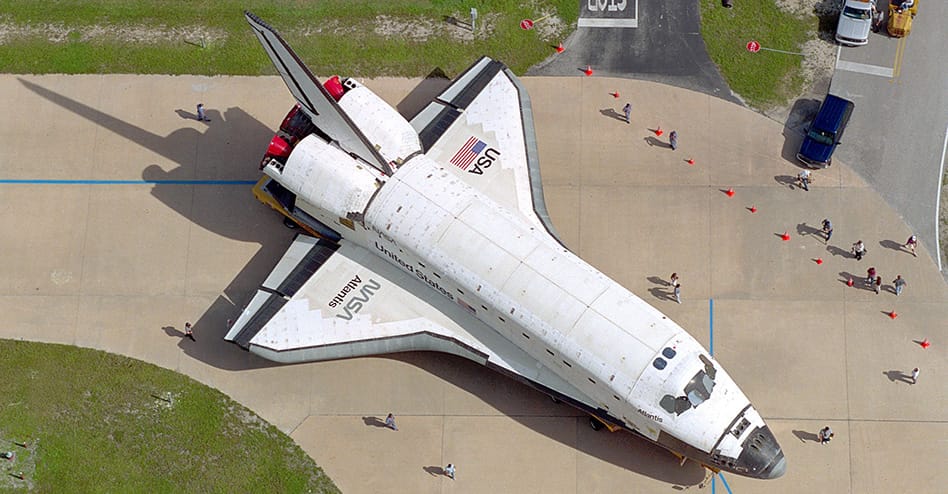For many centuries, mankind has wondered what could be found beyond the Earth's atmosphere. Some thought the Earth was enclosed inside a glass ball, and that if a person could climb high enough they could touch the glass. Others told stories of the gods and spirits that lived in the sky.
Today we no longer wonder as much! We have developed the technology to leave Earth. NASA's Shuttle Program is one of the most exciting advancements in the world, and will, along with other programs worldwide, lead to the exploration of new worlds and star systems.

The Space Shuttle
The Space Shuttle is an ingenious cross between an airplane and a rocket. NASA has been using the Space Shuttle for many years, completing its first mission in April 1981 and making several successive flights. The Space Shuttle was followed by the Challenger, which made its first mission in April 1983. Since then, there have been many successful shuttles.

The purpose of the Space shuttle is for scientific purposes. Piloted by astronauts, the work done in space leads to many scientific innovations. Through this research, scientists learn many different things, such as the effects of weightlessness on humans, how to make better equipment, and how to develop invaluable medical technologies. They also learn how to set the stage for future outer space exploration and processes, such as terraforming.
Solid Rocket Boosters (SRBs)

The space shuttle has two SRBs that provide most of the main force or thrust needed to lift the space shuttle off the launch pad. In addition, the SRBs support the entire weight of the space shuttle orbiter and fuel tank on the launch pad. Once SRBs are ignited, they cannot be shut down. Therefore, they are the last component to light at launch.
External Fuel Tank (ET)

This is a huge component of the space shuttle. The fuel for the main engines is stored here. The ET is 48 m long and has a diameter of 8.4 m and can hold 2 million litres of fuel! The ET is made of aluminum. It has two separate tanks inside; the forward tank for oxygen and the aft tank for hydrogen. Each tank has baffles to dampen the motion of fluid inside.
Shuttle orbiter

Once in space, the shuttle orbiter is your home for seven to 14 days. The orbiter can be oriented so that the doors face toward the Earth or away from the Earth, depending upon the mission objectives. In fact, the orientation can be changed throughout the mission. One of the first things that the commander will do is to open the doors to cool the orbiter.
The Columbia Tragedy
On Feb. 1, 2003, the space shuttle Columbia broke up as it returned to Earth, killing the seven astronauts on board. NASA suspended space shuttle flights for more than two years as it investigated the disaster.
An investigation board determined that a large piece of foam fell from the shuttle's external tank and fatally breached the spacecraft wing. This problem with foam had been known for years, and NASA came under intense scrutiny in Congress and in the media for allowing the situation to continue.
Did you Know?
Today only astronauts can visit Outer Space. This is because a space shuttle mission is very expensive. However NASA is developing new space crafts that will eventually replace the Space Shuttle. These space craft will make it several times cheaper to fly a space mission, and may eventually allow everyone to take a vacation in space.
Exercise
Open the exercise to begin the activity. Follow the instructions in the document.